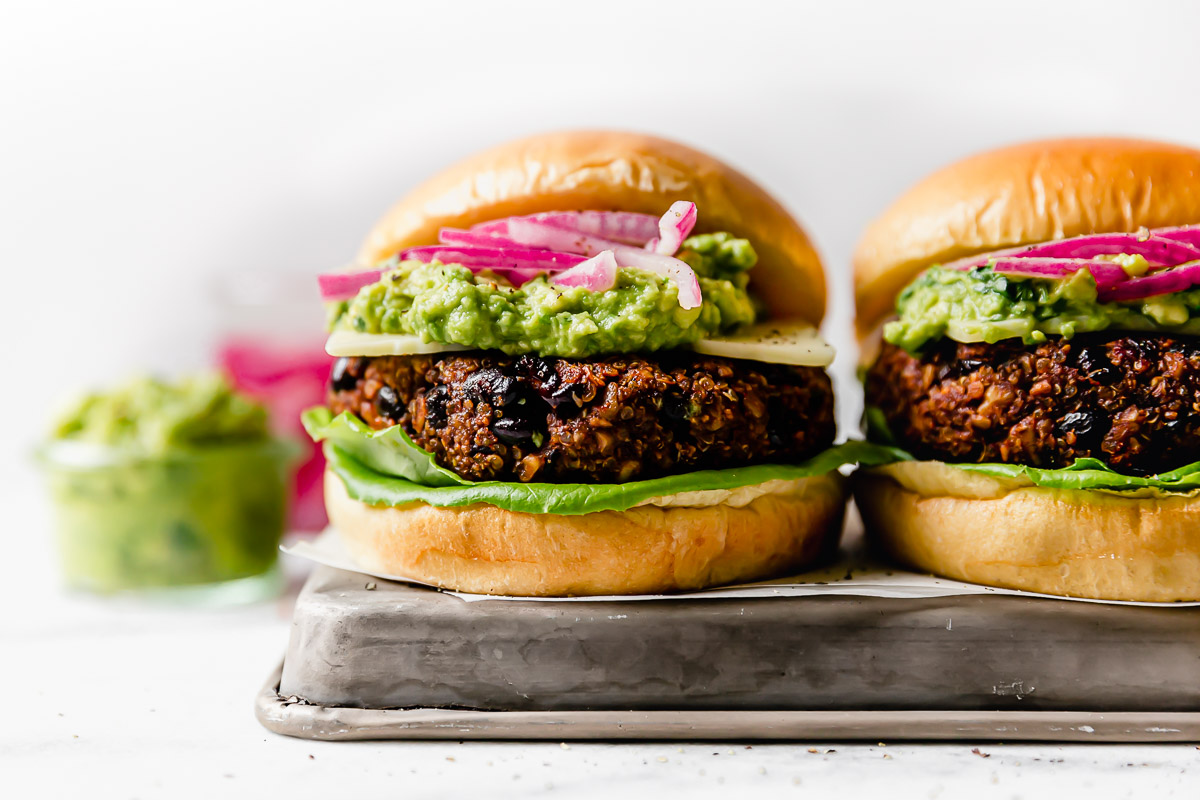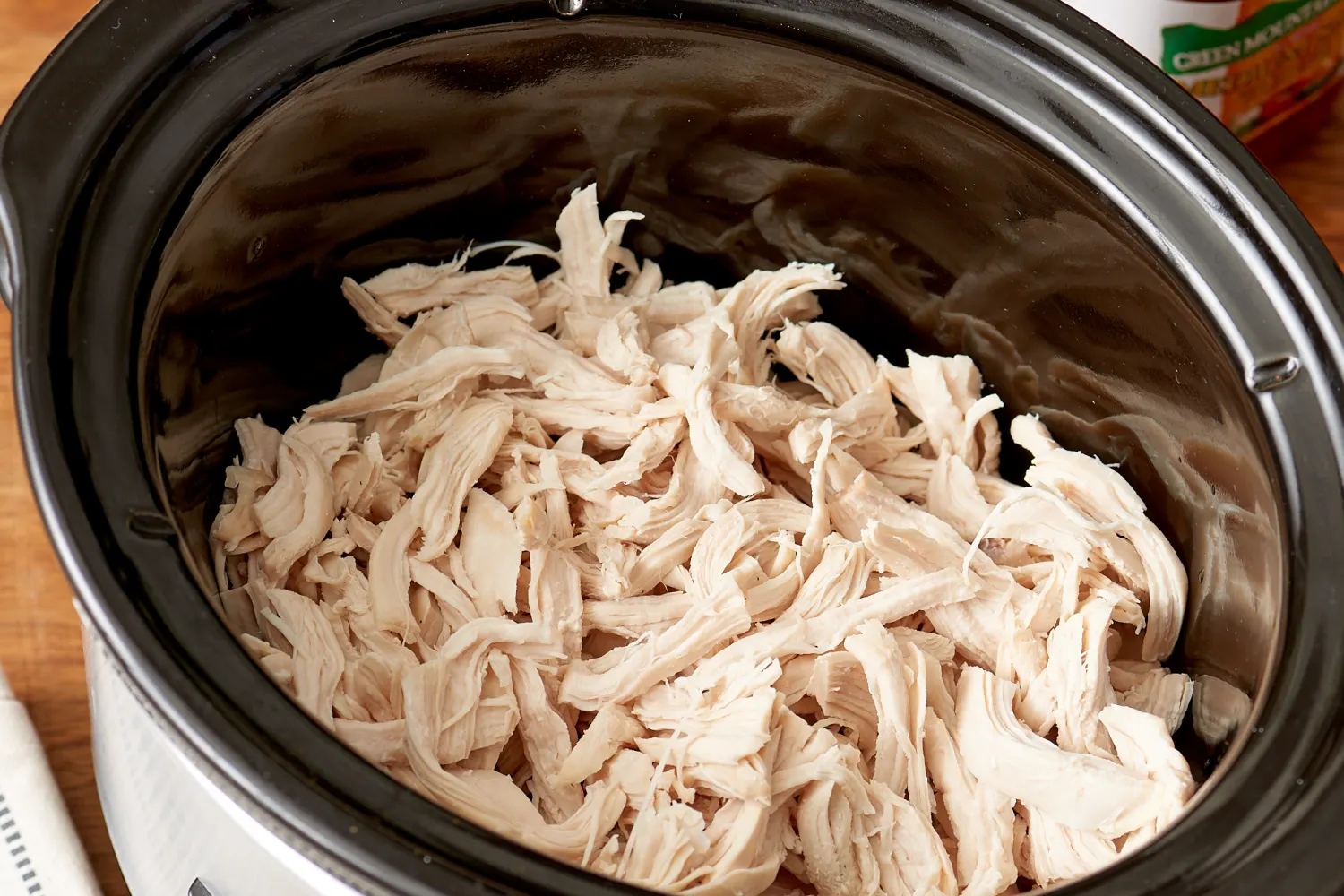Cooking green beans out of a can might seem straightforward, but with a few culinary tricks, you can transform this pantry staple into a delightful side dish. Whether you're pressed for time or simply seeking to add a nutritious touch to your meal, canned green beans offer convenience and versatility. In this guide, we'll share tips on enhancing their flavor, ensuring they become a vibrant addition to any table. From seasoning ideas to quick preparation methods, you'll learn how to elevate canned green beans into a tasty, appealing component of your culinary repertoire. Let's get started on making this humble vegetable shine.
Gather Your Ingredients
- Canned green beans
- Olive oil or butter
- Garlic, minced
- Salt
- Pepper
- Optional: lemon juice, almonds, or bacon bits for added flavor
Essential Tools for Cooking
- Can opener
- Colander or strainer
- Saucepan
- Wooden spoon or spatula
- Measuring spoons
- Knife (optional, for trimming or chopping)
- Cutting board (if using a knife)
For canned green beans, drain and rinse them to reduce sodium. Sauté with garlic, olive oil, and a pinch of salt for a quick, flavorful side dish.
The Importance of Cooking Green Beans from a Can
Cooking green beans from a can is a quick, convenient way to prepare a nutritious side dish. These beans are already cooked, so the main goal is to enhance their flavor. Seasoning and heating them properly can transform a simple can of beans into a tasty, wholesome addition to any meal.
Why we do it? It's all about maximizing convenience while still offering a healthy option. Canned green beans save time and effort, making them ideal for busy weeknights. With the right techniques, you can elevate their taste, ensuring a delightful and nutritious complement to your main course.
Your Step-by-Step Cooking Guide
-
Open the can of green beans. Use a can opener to carefully remove the lid. Drain the liquid from the can to get rid of excess sodium or any preservatives.
-
Rinse the beans under cold running water. This step helps in further reducing the sodium content and freshens up the taste of the beans.
-
Choose a cooking method. You can either sauté, steam, or microwave the green beans. Each method offers a different texture and flavor profile.
-
For sautéing:
- Heat a skillet over medium heat.
- Add a small amount of olive oil or butter to the pan.
- Add the green beans and season with salt, pepper, and any other herbs or spices you prefer.
- Cook for 5-7 minutes, stirring occasionally, until the beans are heated through and slightly browned.
-
For steaming:
- Fill a pot with a small amount of water, just enough to not touch the steamer basket when placed inside.
- Bring the water to a boil.
- Place the green beans in the steamer basket and then place the basket in the pot.
- Cover the pot with a lid and let the beans steam for about 3-5 minutes, or until they are heated through but still crisp.
-
For microwaving:
- Place the green beans in a microwave-safe dish.
- Add a tablespoon of water to help create steam.
- Cover the dish with a microwave-safe lid or plastic wrap, leaving a small vent for steam to escape.
- Microwave on high for 2-3 minutes, or until the beans are heated through. Stir halfway through the cooking time to ensure even heating.
-
Season the beans to taste. After cooking, add your favorite seasonings to enhance the flavor. Common additions include garlic powder, onion powder, lemon juice, or almond slivers.
-
Serve immediately. Green beans are best enjoyed when they are hot and freshly prepared. Pair them with your main dish for a healthy and tasty side.
Mastering the Art of Canned Green Beans
Cooking green beans out of a can doesn't have to be a mundane task. With a bit of creativity and some simple ingredients, you can transform them into a dish that'll have everyone asking for seconds. Remember, the key is in the seasoning and how you choose to enhance their flavor. Whether you sauté them with garlic and onions, add a splash of lemon for a zesty kick, or mix in some crispy bacon for a savory twist, there's no limit to how delicious canned green beans can be. So next time you're in a pinch for time or looking for an easy side dish, reach for that can of green beans. With these tips and tricks, you're well on your way to making a simple can of green beans taste like a gourmet masterpiece.
For anyone looking to cook green beans out of a can, there are several recipes to try that bring out the best in this simple ingredient. Start with Garlic and Herb Sautéed Green Beans for a classic, flavorful option. If you're in the mood for something heartier, Bacon and Onion Green Beans provide a smoky, savory twist. For a bit of crunch and richness, Parmesan Roasted Green Beans are a must-try. Those who enjoy a mix of sweet and savory will love Green Beans with Caramelized Onions. And for a zesty, fresh take, Lemon Zest and Butter Green Beans are perfect. Each of these recipes offers a unique flavor profile that elevates canned green beans into a delightful side dish.
Common Questions Answered
How do you make canned green beans taste better?
Sprucing up green beans from a can is easier than you might think. First off, drain and rinse them to get rid of that tinny taste. Then, sauté some garlic and onions in olive oil until they're fragrant and golden. Toss in the green beans, season with salt, pepper, and a dash of red pepper flakes for a bit of heat. Finish them off with a squeeze of fresh lemon juice or a sprinkle of parmesan cheese right before serving. Trust me, you'll hardly believe they came out of a can!
Can you eat green beans straight from the can?
Sure, you can munch on green beans straight from the can since they're pre-cooked during the canning process. However, they might taste a bit bland and have a softer texture than fresh ones. Giving them a quick heat-up and adding some seasoning will definitely kick their flavor up a notch.
What's the best way to heat canned green beans?
Heating canned green beans is a breeze. Simply drain them and toss them into a saucepan over medium heat. Add a bit of butter, salt, and pepper for some basic seasoning. If you're feeling fancy, throw in some minced garlic or a sprinkle of your favorite herbs. Stir occasionally until they're heated through, which should take about 5 to 10 minutes.
Are canned green beans healthy?
Canned green beans are a decently healthy option, especially when fresh veggies are out of reach. They're low in calories and still pack a punch of vitamins and minerals. However, they can be high in sodium, so look for low-sodium versions or rinse them before cooking to cut down on salt.
How long do canned green beans last once opened?
Once opened, canned green beans should be stored in a different container if not used entirely and kept in the fridge. They'll stay good for 3 to 5 days. Make sure to cover them or seal the container to keep them from drying out or absorbing other flavors from your fridge.
Can you improve the texture of canned green beans?
Improving the texture of canned green beans is a bit tricky since they're already cooked. However, a quick sauté in a hot pan can add a slight crispness to their edges. Avoid boiling them as this can make them even mushier. Instead, try roasting them in the oven with a bit of oil and seasoning for about 15-20 minutes at 425°F. This method can help dry them out a bit and improve their texture.
What are some creative ways to use canned green beans in recipes?
Canned green beans are incredibly versatile. For a twist, add them to a stir-fry with some chicken and bell peppers for an easy weeknight dinner. Or, mix them into a casserole with cream of mushroom soup and crispy fried onions on top for a classic comfort dish. They also make a great addition to salads and pasta dishes for an extra veggie boost.
Was this page helpful?
Read Next: How To Cook Baked Scallops











